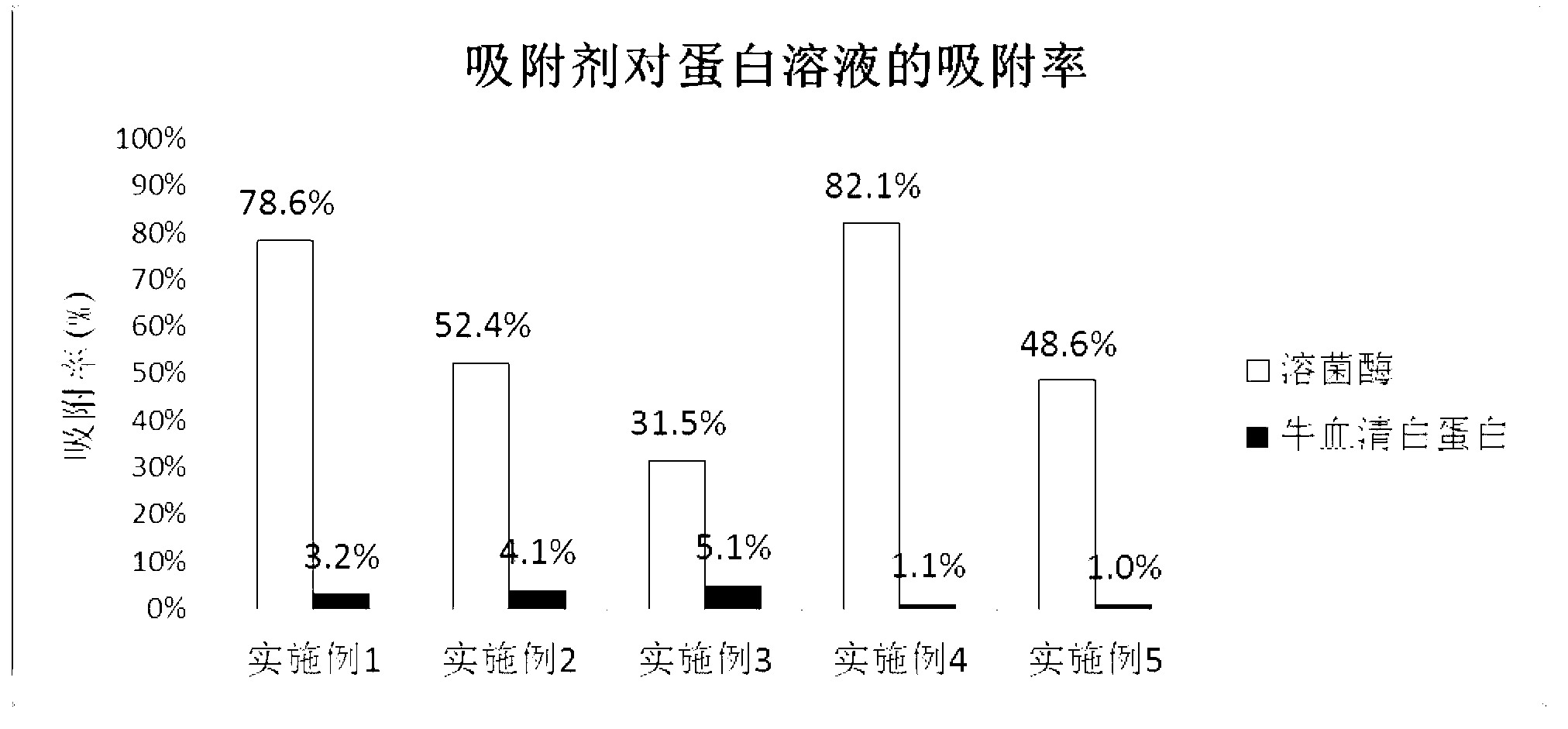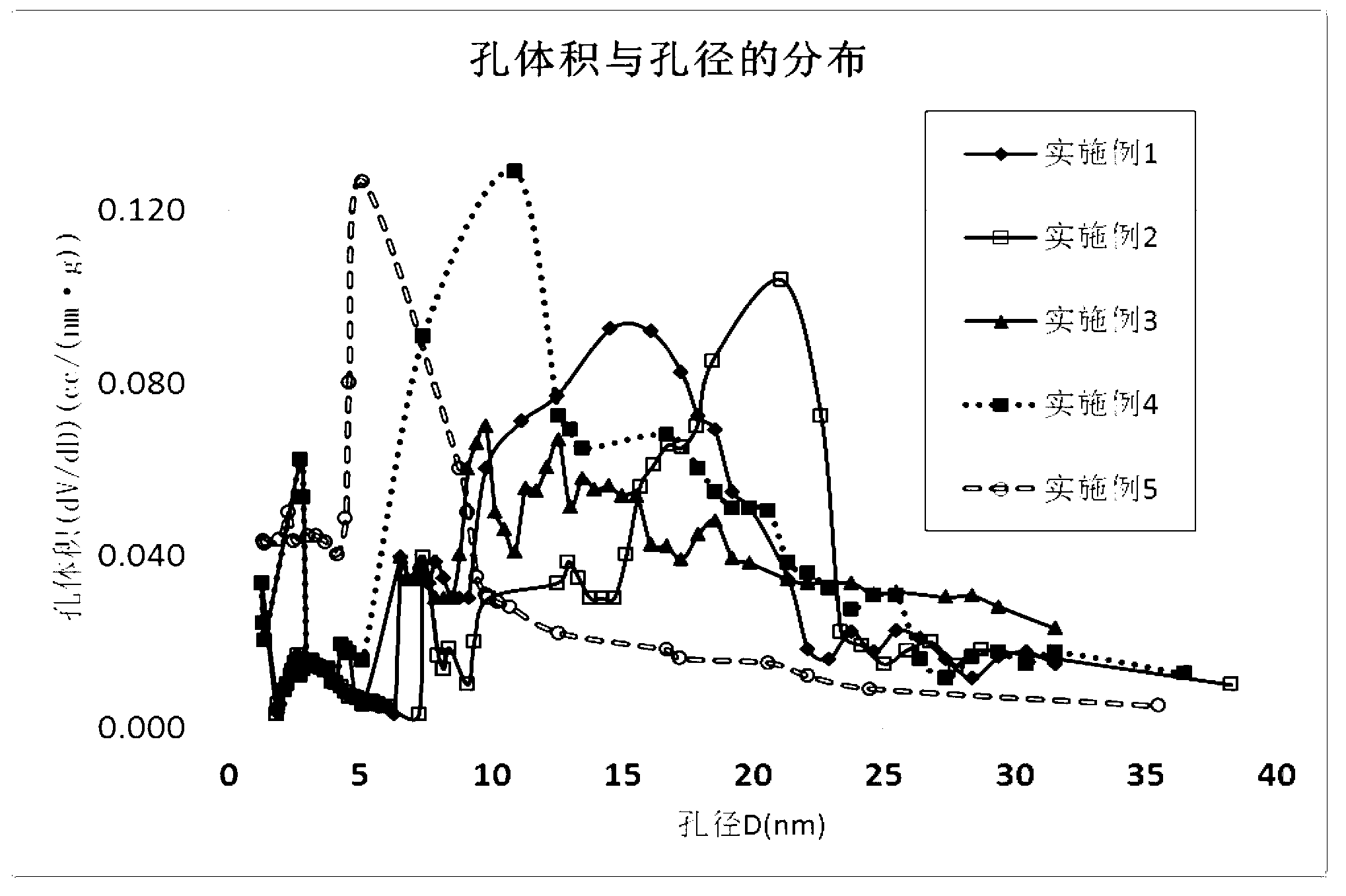Porous cellulose microsphere adsorbent used for blood perfusion and preparation method thereof
A technology of porous cellulose and cellulose microspheres, which is used in blood circulation treatment, chemical instruments and methods, and other chemical processes to achieve the effects of not easy to swell, not easily deform, and fast adsorption capacity
- Summary
- Abstract
- Description
- Claims
- Application Information
AI Technical Summary
Problems solved by technology
Method used
Image
Examples
Embodiment 1
[0028] (1) Add 80g of sodium hydroxide, 10g of lithium hydroxide, 80g of urea, 50g of thiourea, 120g of polyethylene glycol 400 and 1000ml of distilled water into a three-necked flask with stirring, stir and dissolve at room temperature, then lower the temperature to - At 10°C, add 50g of dried cotton to the solution, gently stir and soak for 30 minutes, then increase the stirring speed until the cellulose is completely dissolved to form a clear and transparent solution, then vacuumize and remove air bubbles for later use.
[0029] (2) Add 100ml of Tween 80 to 4000ml of liquid paraffin and stir evenly, then lower the temperature to minus 10°C, then slowly add the oil phase to the prepared cellulose solution, while ensuring the stirring speed at 800 rpm, and slowly return to room temperature. After reacting for 30 minutes, gradually heat to 60° C. and solidify for 1.5 hours, then add dilute hydrochloric acid, let stand to separate layers, and recover the upper oil phase. The c...
Embodiment 2
[0033] (1) Add 60g of sodium hydroxide, 20g of lithium hydroxide, 60g of urea, 60g of thiourea, 100g of polyethylene glycol 400 and 1,000ml of distilled water into a three-necked flask with stirring, stir and dissolve at room temperature, then lower the temperature to - At 8°C, add 50g of dried cotton to the solution, stir gently and soak for 30 minutes, then increase the stirring speed until the cellulose is completely dissolved to form a clear and transparent solution, then vacuumize and remove air bubbles for later use.
[0034] (2) Add 90 ml of oleic acid to 5000 ml of liquid paraffin and stir evenly, then lower the temperature to minus 8°C, then slowly add the oil phase to the prepared cellulose solution, while ensuring the stirring speed at 800 rpm, and Slowly return to room temperature. After reacting for 30 minutes, gradually heat to 60° C. and solidify for 1.5 hours, then add dilute hydrochloric acid, let stand to separate layers, and recover the upper oil phase. The...
Embodiment 3
[0038] (1) Add 80g of sodium hydroxide, 30g of lithium hydroxide, 70g of urea, 50g of thiourea, 130g of polyethylene glycol 800 and 1,000ml of distilled water into a three-neck flask with stirring, stir and dissolve at room temperature, then lower the temperature to - Add 60g of dried cotton to the solution at 10°C, stir gently and soak for 30 minutes, then increase the stirring speed until the cellulose is completely dissolved to form a clear and transparent solution, then vacuumize and remove air bubbles for later use.
[0039] (2) Add 150 milliliters of Tween 80 to 5000 milliliters of liquid paraffin and stir evenly, then lower the temperature to minus 10°C, then slowly add the oil phase to the prepared cellulose solution, while ensuring that the stirring speed is at 600 rpm, and slowly return to room temperature. After reacting for 30 minutes, gradually heat to 60° C. to solidify and react for 1.5 hours, then add dilute hydrochloric acid, let stand to separate layers, and ...
PUM
| Property | Measurement | Unit |
|---|---|---|
| Particle size | aaaaa | aaaaa |
| Diameter | aaaaa | aaaaa |
| Specific surface area | aaaaa | aaaaa |
Abstract
Description
Claims
Application Information
 Login to View More
Login to View More - R&D
- Intellectual Property
- Life Sciences
- Materials
- Tech Scout
- Unparalleled Data Quality
- Higher Quality Content
- 60% Fewer Hallucinations
Browse by: Latest US Patents, China's latest patents, Technical Efficacy Thesaurus, Application Domain, Technology Topic, Popular Technical Reports.
© 2025 PatSnap. All rights reserved.Legal|Privacy policy|Modern Slavery Act Transparency Statement|Sitemap|About US| Contact US: help@patsnap.com


